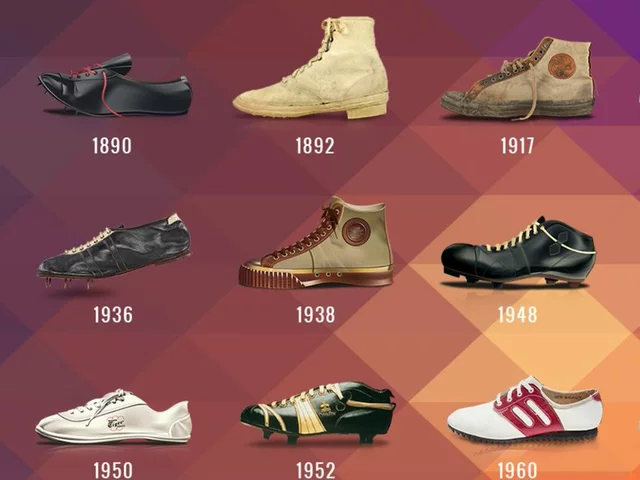Easy Ways to Beat Tennis Elbow and Keep Playing
If your elbow hurts after a few swings, you’re probably dealing with tennis elbow. It’s a common overuse injury that makes the outer forearm sting when you grip a racket, lift a bag, or even turn a door knob. The good news? Most players can fix it with a few simple changes and a little targeted work. Below you’ll find the basics of pain relief, smart habits to stop it from coming back, and a short set of forearm exercises you can do at home.
Quick Pain‑Relief Tricks
First thing you want is to knock the pain down enough to swing again. Ice the sore spot for 15‑20 minutes, three times a day, especially after practice. Over‑the‑counter anti‑inflammatories such as ibuprofen help reduce swelling, but only use them as directed. A light compression sleeve can also give the elbow a gentle hug that eases strain. If the pain is still strong after a few days, try a short rest – skip the heavy hitting, but stay active with low‑impact cardio like cycling or walking.
Preventing the Return of Tennis Elbow
Most flare‑ups happen because of poor technique or equipment that forces the forearm to work too hard. Have a coach check your grip size; a racket that’s too small makes you squeeze tighter, which stresses the elbow. Keep your strings at a medium tension – too tight sends shock up the arm each time you hit. Warm‑up properly: do a few arm circles, wrist flexor stretches, and a light swing drill before you start a match. Finally, stay consistent with strength work – a strong forearm can handle the repetitive load without complaining.
Now for the exercises that actually build that forearm strength. You only need a light dumbbell (1‑3 kg) or a resistance band. Start with wrist curls: sit, forearm on your thigh, palm up, and lift the weight using only your wrist. Do 2 sets of 15 reps. Follow with reverse wrist curls (palm down) to hit the extensor muscles. Next, try a pronation‑supination drill – hold a hammer or a light stick, rotate it from palm‑up to palm‑down for 30 seconds each side. Finish with a simple tennis‑ball squeeze: squeeze a soft ball for 5 seconds, release, repeat 20 times. These moves strengthen the muscles that support the elbow, so the joint takes less shock when you serve.
Stick to this routine a few times a week, combine it with the pain‑relief tricks and smart equipment choices, and you’ll notice the ache fading fast. Tennis elbow doesn’t have to keep you off the court for long – a little attention now saves weeks of frustration later. Keep your grip relaxed, stay consistent with the forearm work, and enjoy the game without the sting.

What is the best non-medical treatment for tennis elbow?
Tennis elbow is a condition caused by overuse of the arm and forearm muscles. Non-medical treatments such as rest, icing, compression, and elevation can help treat the condition. Stretching and strengthening the muscles involved can also help improve the condition. Physical therapy can be used to help with flexibility and range of motion. Over-the-counter pain medications can also be used to reduce inflammation and pain. Finally, supportive braces or straps can help provide additional stability and support.
Detail



